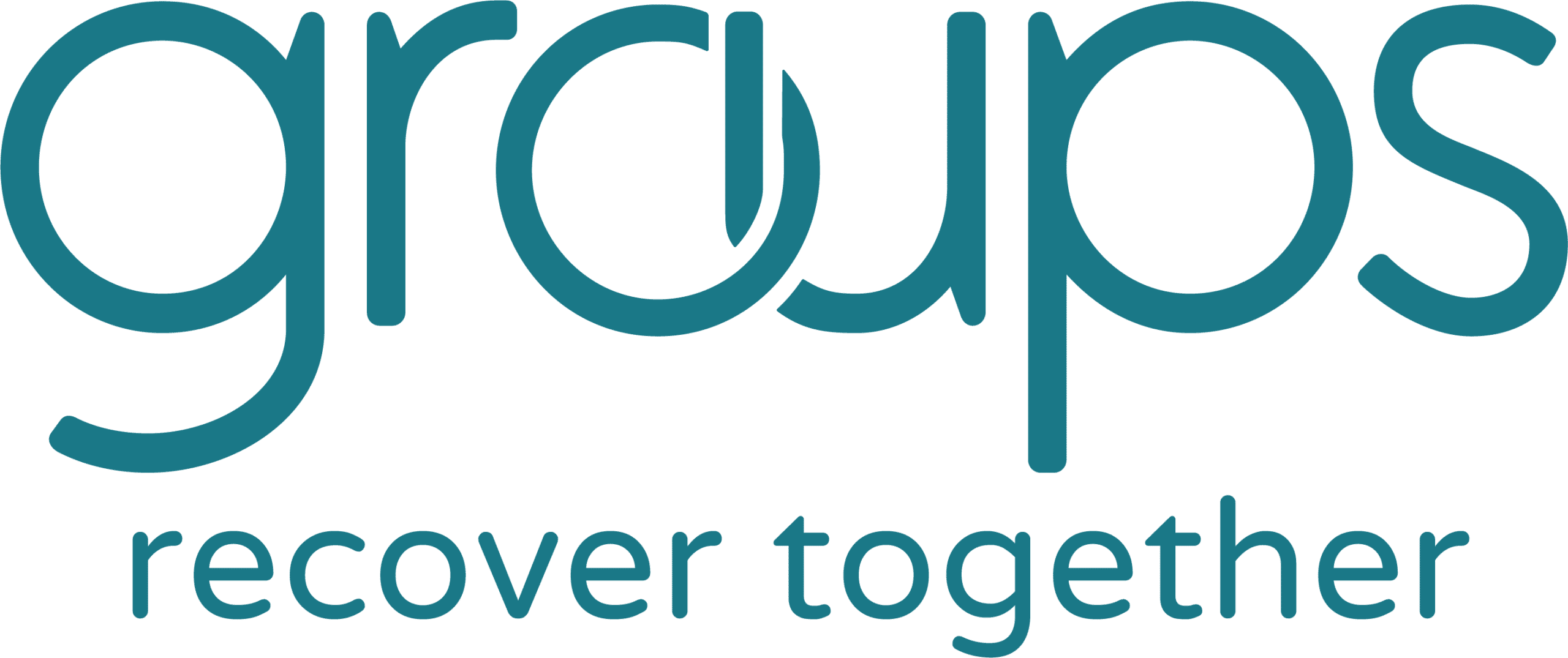There are many paths to recovery from opioid use disorder (OUD). Each person has unique life circumstances and recovery goals. When you’re ready to find your way to your next stage in life, personalized treatment and support can help you make positive changes that last. Medication for opioid use disorder (MOUD) is considered the gold standard treatment because it’s one of the most effective ways to reduce opioid use. These medications help reduce cravings and withdrawal symptoms, and they’re safe for long-term use.
In 2023, only 18% of individuals with OUD nationwide who could benefit from medication for opioid use disorder (MOUD) actually received it, according to the National Survey on Drug Use and Health. That adds up to 1 million people out of 5.7 million in need of treatment. This is partly because of provider shortages. It’s also a result of stigma in treatment communities. Not all treatment providers have strict abstinence policies. At Groups, we understand that substance use happens during treatment. Instead of shaming people for it, we welcome them back and make sure they have the support they need.
There are several different medications available for the treatment of OUD. In this blog post, we’ll talk about six options that may be available in your area.
Is MOUD the same as medication-assisted treatment for opioid use disorder?
Medication-assisted treatment (MAT) is a broad category that includes treatments for different substance use disorders. For instance, there are medications that treat alcohol use disorder and nicotine dependence. Medications for opioid use disorder (MOUD) fall into this category. MOUD is the term we use at Groups because we work with people recovering from OUD. The term MAT implies that medication is supplemental or temporary during treatment. But it’s actually a critical tool for working toward recovery.
The primary use of MOUD is to reduce cravings and withdrawal symptoms. Medication can help ease the transition off of stronger opioids. It also remains important in later stages of recovery. People who take MOUD in the long term are less likely to use again. Some MOUD can trigger intense withdrawal symptoms when snorted or injected. They may also reduce the effects of other opioids in some cases. Staying connected with a treatment community helps ensure that you have the social support you need to make it through difficult times.
Some treatment programs don’t support MOUD as a long-term solution. It’s true that these medications can cause a chemical dependency. However, they don’t cause the same sort of behaviors associated with substance use disorders. Many people take medication for conditions like epilepsy and high blood pressure for most of their lives. OUD is a chronic condition, too. Medication can be a necessity for many people.
6 common medications for opioid use disorder (MOUD) options in your area
The right MOUD for you will depend on several factors. Your health history and other medications you’re taking may affect your choices. Suboxone is one of the most popular options right now. It doesn’t cause a high. Instead, it helps people feel more like their “normal.” You should work closely with a qualified prescriber whom you trust. Never take someone else’s medication or give yours to another person. Only take MOUD as directed.
Today, there are fewer restrictions limiting which providers can prescribe MOUD. In the past, providers had to obtain an “X-waiver” in order to prescribe these medications. This was seen as a barrier to treatment because many doctors did not take the extra step. Now, any provider who has the authority to prescribe Schedule III drugs can prescribe MOUD. It’s still a good idea to work with a provider who has experience treating OUD.
The following are six MOUD options that may be available in your area:
- Buprenorphine — Buprenorphine is a long-acting partial opioid agonist. This means it attaches to the receptor in the brain that opioids attach to (the mu opioid receptor). It activates the receptors, but only partially. Buprenorphine reduces cravings and withdrawal symptoms. IT also lowers the risk of opioid use and overdose. It also has a ceiling effect, meaning some of its effects level off at higher doses. Specifically, buprenorphine doesn’t cause a more intense high when taken in excess. The risk of slowed or shallow breathing doesn’t increase. Generic versions are available in a sublingual tablet.
- Suboxone — Suboxone combines buprenorphine with naloxone. It has all the same benefits as buprenorphine alone. Most prescribers prefer this MOUD because the naloxone discourages people from snorting or injecting their medication. When this happens, people may experience sudden, intense withdrawal symptoms. Taking other opioids while on Suboxone may also cause precipitated withdrawal or reduced effects. Suboxone is available in a sublingual tablet or film.
- Suboxone alternatives — Zubsolv and Bunavail are other forms of buprenorphine-naloxone. Zubsolv is a tablet and Bunavail is a buccal film. Aside from the delivery method, one of the main differences between them is dosage strength. Bunavail is also absorbed by the body at a faster rate.
- Buprenorphine injections — Long-acting buprenorphine is available as weekly or monthly injections. This provides a controlled dose of MOUD that may be more convenient than a daily medication. The individual doesn’t have to handle the medication themselves, so there’s virtually no way they can use it to get high. Buprenorphine injections are available under brand names such as Brixadi and Sublocade.
- Methadone — Methadone is a long-acting opioid agonist. It fully activates the same receptors in the brain as opioids. This helps reduce cravings and withdrawal symptoms. It doesn’t cause a strong high when taken as prescribed. Methadone works slowly and steadily, making it an effective treatment for opioid use disorder. Because methadone causes more of a high when taken at higher doses, it’s usually distributed through daily clinics.
- Naltrexone — Naltrexone is an opioid antagonist. This means it blocks the opioid receptors in the brain instead of activating them. This prevents the euphoric and sedative effects of opioids in the body, helping to reduce cravings and prevent a return to use. Naltrexone is available for OUD treatment in a monthly injection. But if a person still has opioids in their system, taking naltrexone can cause sudden and severe withdrawal symptoms.
Groups offers MOUD prescriptions and more
At Groups, we don’t use shame to change people’s behavior. We also don’t kick people out for using during treatment. We respect each person’s ability to make decisions for themselves. If you have questions about MOUD or beginning treatment, we’re here to help. Feel free to contact us.
Shared decision-making and trust between people in recovery and their treatment providers are just a couple of factors that can help improve your chances of achieving the best outcomes. We help our members learn about their options so they can feel confident that they are getting the best treatment for their individual needs. When you start at Groups, you’re paired with a qualified prescriber. Your provider will get to know you on a personal level so they can recommend the best MOUD for you.
MOUD is most effective when combined with some form of counseling. Aside from MOUD, our members also attend weekly support groups. Being seen and heard by other people in recovery is therapeutic. Hearing stories from your peers can be a great source of inspiration. The connections you make in your group can help you stick to your recovery plan when things get tough.
Give our Recovery Support Specialists a call today.They can provide you with more information or help you begin your recovery. We provide treatment across the country — and we’re always expanding. See if we offer care in your state, either online or at one of our 130+ local offices. If Groups does not offer treatment in your area, you can locate other treatment options here.




